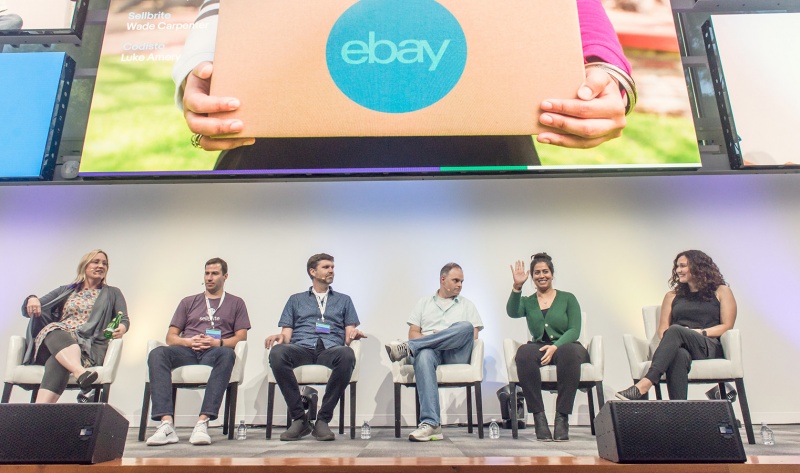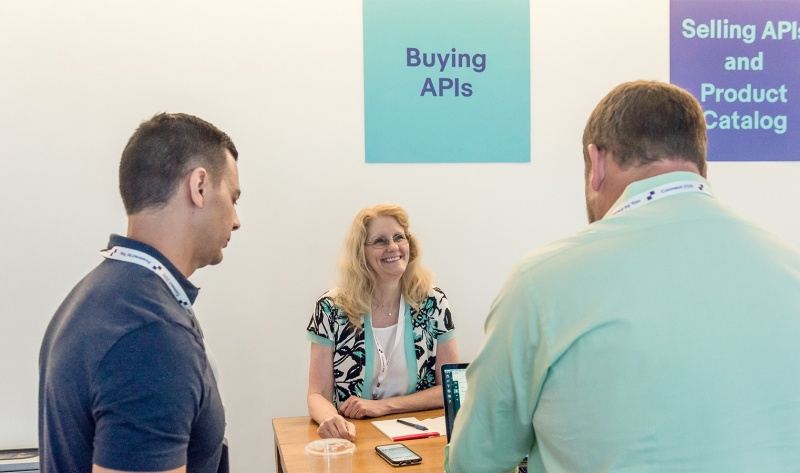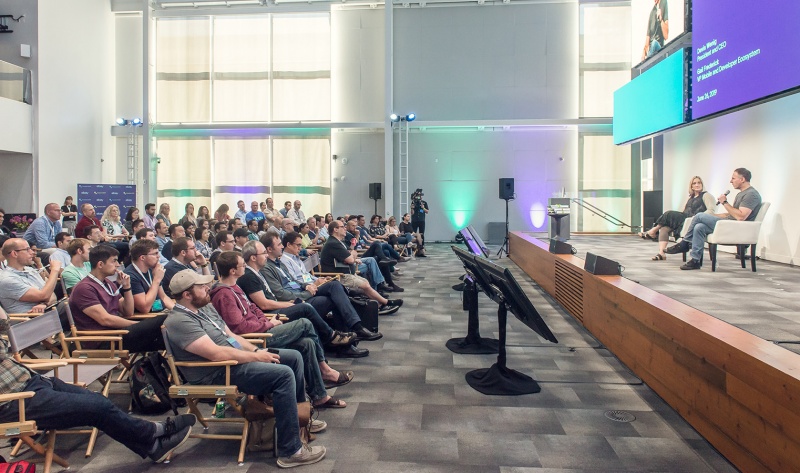 Application Programming Interfaces (APIs) are often described as the glue that connects modern computer applications. Virtually every application uses APIs to communicate with internal data sources, third-party data services, or other applications.
Application Programming Interfaces (APIs) are often described as the glue that connects modern computer applications. Virtually every application uses APIs to communicate with internal data sources, third-party data services, or other applications.
At eBay, we look at APIs differently – as first-class products that allow the business to build partnerships and generate new revenue. That’s because eBay’s Buy APIs empower third-party developers to integrate eBay inventory into websites and applications for partnered social sites, merchants, marketplaces, or any other platform. The integration of eBay listings into the partner experience substantially increases the inventory that our partners can offer to their customers. Through Buy APIs, shoppers can browse eBay listings and then check out and pay from anywhere, anytime—some even without visiting eBay.com. This month, eBay’s Buy APIs reached a major milestone, surpassing $1 billion in cumulative Gross Merchandise Bought (GMB).
This milestone is the result of a journey that began three years ago, the journey to modernize eBay’s API stack to support the fast-evolving global ecommerce space. eBay’s Buy API program has grown to meet global demand, with sizeable partners around the world. For example, Paytm Mall, an Indian ecommerce site, uses our Buy APIs to give its 130 million active users and 12 million registered merchants access to a wide selection of global inventory that would usually be out of reach locally.
Overall, three Buy APIs in particular have propelled eBay’s growth:
- The Browse API allows partners to create a rich selection of items for their buyers to browse with a keyword, category, or other designations, such as the charity’s registration ID.
- The Feed API allows partners to curate, mirror, and surface eBay inventory at scale. Partners can now store and synchronize millions of eBay items on their site, staying up-to-date with those listings as they change on eBay.
- The Order API offers secure checkout for guests and members as well as live order status, allowing shoppers to complete their checkout process without visiting the eBay website or app.
One additional API from the Commerce API family, the Taxonomy API, is used in partnership with the Buy APIs to help partners determine the best eBay categories to surface to their customers through the Buy APIs.
It's a great experience that Ruten buyers could live local, but shop global. Thanks to eBay Developer Ecosystem team for developing Buy APIs; with your contribution, make the great thing happened! -Vicky Tseng, CEO, Ruten Auctions (Pchome eBay JV company)
These and other Buy APIs allow eBay to establish new partnerships with dozens of platforms who want to add the power of eBay’s vibrant marketplace to their unique user experience.
Rethinking eBay’s Infrastructure
For nearly two decades, eBay has been using APIs to support its vast network of sellers and buyers. By 2016, changes in the ecommerce space made it clear it was time to revisit our API portfolio in order to accelerate eBay’s growth in the space. Ecommerce is being reshaped by technology such as augmented and virtual reality, speech and image recognition, and self-learning systems. The way people around the digital world buy and sell today is profoundly different from yesterday, and will likely be profoundly different in the future. eBay needed to adapt.
To adapt and meet the new demands of the space, I challenged my Developer Ecosystem team with the mission of reexamining the approach we’ve used over the past 17 years. As an ecommerce pioneer, eBay had built a portfolio of API’s based on SOAP (Simple Object Access Protocol), the long-standard approach to web service interfaces, back when SOAP was cutting edge. While SOAP APIs served customers well in the early days of ecommerce, a newer approach called REST (Representational State Transfer) gained market share and was being used by 70 percent of public APIs by 2017.
REST gained popularity because it is generally faster and uses less bandwidth. In combination with other modern API standards, such as OAuth 2.0 for authorization and JSON format, REST APIs are also easier to integrate with existing web and mobile infrastructure. In 2017, eBay also joined the Open API initiative to make it easier for eBay developers to integrate with our RESTful public APIs and evolve their buying and selling experiences on our platforms. APIs provide the flexibility that is required in a fast-changing space.
Buy APIs written with modern standards also meet the needs of a broader range of developers and a more extensive range of business use cases. Individual developers across the globe have the ability to successfully call an eBay API in minutes.
Additionally, the superior performance and speed of our modern Buy APIs are what have enabled eBay to build massive strategic partnerships with diverse platforms across the globe.
Reaching Out to the World
The new Buy APIs were made available to the US market in Q4 2016. Soon after the initial launch, the Buy Marketing API was released. This API gives developers the best-selling products in a category, ranked by product demand metrics.
At the time, we wrote how the new technology approach was designed to accelerate eBay’s API business and partner growth. With the Buy APIs, developers can rapidly create integrations and help accelerate buying from eBay anywhere, anytime. These transformations represent real disruption – and it was a leap forward for eBay’s third-party developers.
A year later, the Buy APIs were expanded to the UK and Germany. In the first half of 2018, third-party developers used our public APIs to drive $85 million in GMB globally through 1.7 million transactions. The APIs caught on quickly, creating the disruption that we predicted. In Q1, the public Buy APIs drove $154 million GMB globally and 3.2 million transactions – and just a few months later, our APIs started going gangbusters and surpassed $1B in lifetime GMB.
Our APIs play a critical role in helping eBay delivering innovative experiences to our buyers and sellers. Each year since 2017, eBay has showcased its new API products and top initiatives at the eBay Connect conference. We've had a number of developer-related events around the globe, including Australia, Japan, Israel, UK, Germany, and China. We recently held our third Connect Developer Conference in San Jose, and we look forward to another great year of events and partnerships in 2020.
As the technology landscape evolves, we are exploring how to support developers challenged by bandwidth constraints, and designing APIs that are device-neutral. Future APIs must also enable personalization and experimentation. In the future, our partners will need to control and test API capabilities so that they can deliver personalized search results as efficiently as they personalize their user experience. To stay informed, please visit the developer portal at developer.ebay.com.
The continuing innovation of our APIs will be a crucial component in allowing eBay to provide the services that developers, buyers, and sellers want as ecommerce itself continues to evolve.












